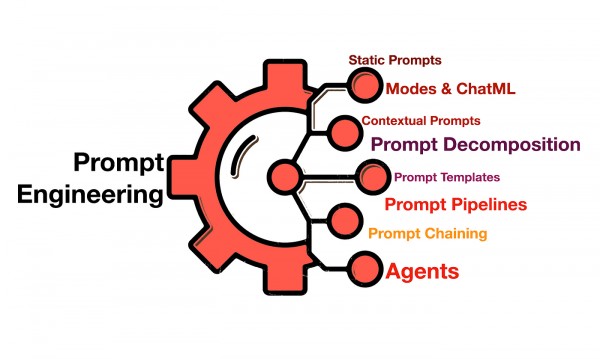Few-shot learning refers to an approach in which AI models can learn from a small amount of data. In the context of prompt engineering, it ensures that you get good prompts with less effort. Here are some best practices:

1. Choose Good Examples:Choose examples that best represent the task you would like your AI to perform.
Examples must vary significantly and cover a large number of possible scenarios.
2. Provide Proper Instructions:Explain to me what the task is and the format of response required.
Use simple clear language to avoid ambiguity .
3. Try Different Forms of Prompts:Try out presenting the few-shot examples in different ways (e.g., question-answer pairs, sentence completions).Try out and test different lengths and complexity of prompts .
4. Be Mindful of Model Strengths and Weaknesses:Be aware of the strength and weaknesses of the model you are using.
Write your prompts keeping in mind what the model is likely to be able to do and not.
5. Refine and Improve:Start with a few instances and keep adding as many as are needed.
Continuously evaluate the quality of responses generated and adjust the prompts accordingly.
6. Meta-Learning Methods: Attempt using meta-learning methods like MAML(Model-Agnostic Meta-Learning), so that the model learns adaptation with fewer data to new tasks.
7. Contextual Information: Add more context or background if suitable to further clarify the task for the AI model
8. Pre-trained Models:Leverage pre-trained models that have been exposed to large datasets. These can be an excellent foundation for few-shot learning tasks.
9. Try out Various Few-Shot Learning Techniques: Try out different kinds of few-shot learning methods, such as prototypical networks or metric learning, to understand which approach might work the best for your task.
10. Evaluate Performance: Evaluate the generated responses with proper evaluation metrics. This will help identify areas of room for improvement.
By following these best practices, it may become possible to truly apply few-shot learning in the context of creating good-quality prompts and improving AI applications.
Our Prompt Engineering Course covers techniques to design and refine inputs for AI models effectively.
 REGISTER FOR FREE WEBINAR
X
REGISTER FOR FREE WEBINAR
X
 Thank you for registering
Join Edureka Meetup community for 100+ Free Webinars each month
JOIN MEETUP GROUP
Thank you for registering
Join Edureka Meetup community for 100+ Free Webinars each month
JOIN MEETUP GROUP